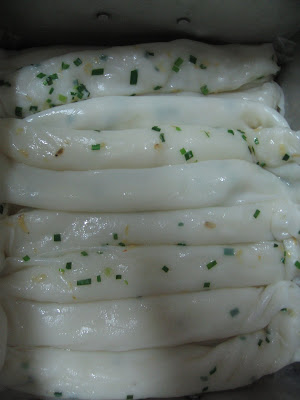the betel plant is a slender, aromatic creeper, rooting at the nodes. the branches of the plant are swollen at the nodes. the plant has alternate, heart-shaped, smooth, shining and long-stalked leaves, with pointed apex. it has five to seven ribs arising from the base; minute flowers and one-seeded spherical small berries.
i came upon this betel plant during my walk at the diary farm nature reserve. i have also seen similar plants at the bukit batok nature park and at the macritchie reservoir park. the betel leaf (known as daun sirih in malay) is traditionally used to wrap the thinly-sliced areca nut and slaked lime. the whole stuff is chewed between the cheek and the jaw. spice like clove or cinnamon is sometimes added for flavour.
at bangkit road in bukit panjang, there is a small stall manned by a chinese man who sells all the ingredients needed for betel chewing. i am sure you can also get all the stuff you need for betel chewing from serangoon road.
i used to think that only indians chew the betel leaf until i visited taiwan. i was surprised to see the locals, especially the workers at the train stations, chewing the betel leaf. my friend, who has visited vietnam and cambodia, tells me that this habit used to be quite widespread in these two countries.
actually, there is no such thing as a betel nut. the nut comes from the areca tree, which is a palm. the areca nut is itself a stimulant, like the betel leaf, and it is this nut, together with the lime, that promotes salivation. the saliva is stained red. (the palm trees that you see in this picture of tan teng niah villa are areca palms)
because of the high incidence of oral cavity cancer among chewers of betel morsel (known as paan in india), this practice is becoming less and less popular in these modern days.
this website tells you more about betel chewing.




























 there is a gymnasium with a boxing ring inside this building which is located at rutland road. the tennis courts are still around. there is a small office within this building where you can make booking to use the tennis courts.
there is a gymnasium with a boxing ring inside this building which is located at rutland road. the tennis courts are still around. there is a small office within this building where you can make booking to use the tennis courts.


























